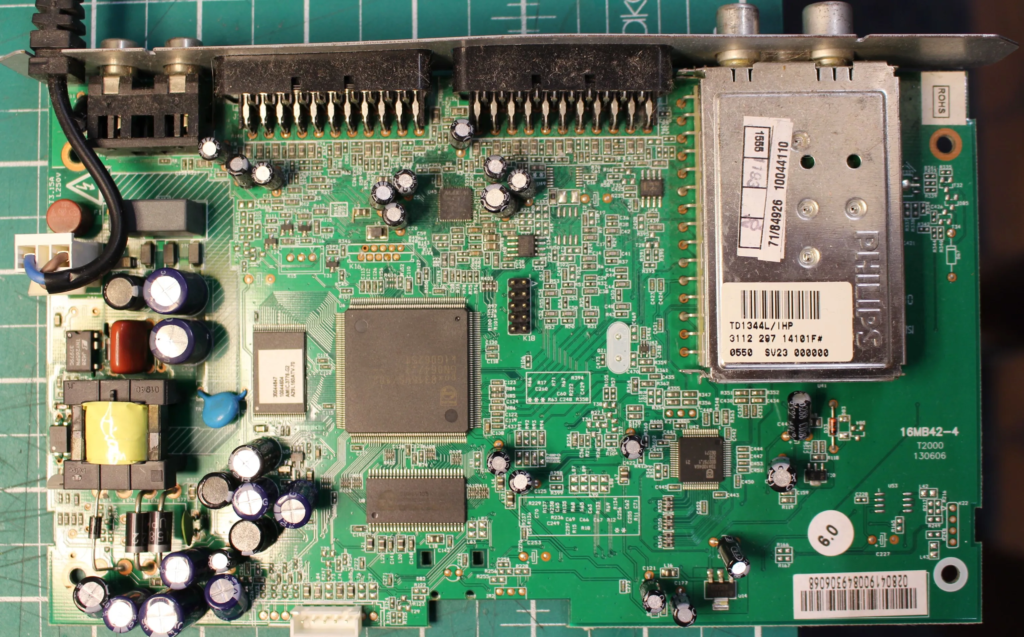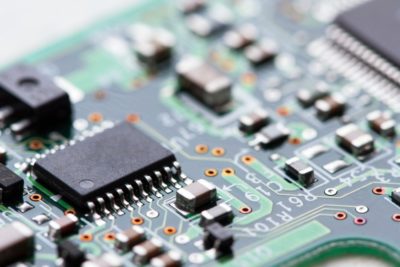Are Set-top box PCB compatible with different set-top box models?
The set-top box PCB is critical to the functionality of a digital media box, providing the circuitry and connections that support television, internet streaming, and digital recording capabilities. For businesses or individuals interested in set-top box versatility, the question often arises: is the set-top box PCB compatible with different set-top box models? This article delves into the factors that determine set-top box PCB compatibility across various models. We’ll look at key factors such as technical specifications, connectivity options, and software integration.
Understanding Set-top Box PCB Compatibility
When it comes to Set-top box PCBs, compatibility generally depends on specific hardware configurations, firmware requirements, and user interface capabilities. Set-top box PCBs incorporate essential features like video processing units, storage controllers, and interface ports, all working together to deliver a seamless user experience. Compatibility between these PCBs and different models is largely contingent on whether each set-top box model operates on similar or differing architecture and component requirements.
For example, if a set-top box is designed to support 4K streaming, the PCB must have the appropriate processing power and memory to handle high-definition content. Compatibility also depends on whether the set-top box is designed for cable TV, satellite, or internet streaming, as each type requires specific data processing and network modules. Manufacturers often create modular PCBs to enable some degree of compatibility, making it easier for repair services to adapt a single PCB to work across various set-top box models.

The Role of Processor Type in Compatibility
Processors are one of the primary determinants of compatibility for Set-top box PCBs. The processor on a PCB acts as the “brain” of the set-top box, managing data processing, content streaming, and user interface response times. Different set-top box models use a variety of processor types, ranging from ARM-based processors to more advanced custom silicon used by specific brands. Many set-top boxes use ARM processors because of their energy efficiency and adaptability for multimedia applications, making them suitable for both high-end and budget models.
A compatible Set-top box PCB needs to have a processor capable of handling the specific media formats and streaming capabilities required by a model. For example, a model designed for live television broadcasting may demand a PCB with more powerful processing for faster video decoding and minimal buffering, which might limit compatibility with simpler PCBs made for basic streaming services. Therefore, while some PCBs may fit across multiple set-top box models, higher-performance models may require more advanced and specific PCBs for full compatibility.
Impact of Connectivity Options on Compatibility
Another factor influencing the compatibility of Set-top box PCBs across different models is connectivity. Most set-top boxes come with a range of ports, including HDMI, USB, Ethernet, and audio output options. To ensure compatibility across multiple models, a set-top box PCB must be designed with flexible connectivity options, enabling seamless integration with each model’s specific connections.
For example, older set-top boxes may rely on composite or coaxial outputs, while newer models emphasize HDMI 2.0 or even HDMI 2.1 for high-definition output. PCBs compatible with newer models must accommodate advanced connectivity needs, ensuring that users can connect their devices to the latest display technology. If a PCB lacks the appropriate connectivity options for a specific model, it may limit its functionality, even if the core processing capabilities are sufficient. By focusing on flexible PCB designs that adapt to different ports and connection types, manufacturers can enhance PCB compatibility across various set-top box models.

Software Integration and Firmware Compatibility
Software integration and firmware are essential in determining whether a Set-top box PCB can function properly in different models. Each set-top box model runs on specific software, often customized to meet the unique requirements of the brand or service provider. For a Set-top box PCB to be compatible, it must support the necessary firmware updates and software drivers needed to integrate with the model’s operating system and user interface.
Compatibility between Set-top box PCBs and different models often hinges on whether the PCB can receive firmware updates that align with software changes. For example, a set-top box brand that updates its software regularly may require a PCB capable of supporting those updates to maintain optimal performance and compatibility. In some cases, firmware updates can improve compatibility across various models, allowing a single PCB to work with several different set-top boxes. However, not all PCBs offer this level of software flexibility, so users should confirm firmware support when evaluating multi-model compatibility.
Case Study: Universal Set-top Box PCBs for Cable and Streaming Services
Several manufacturers have developed Set-top box PCBs designed to be universal across multiple models, particularly for cable and streaming services. By developing PCBs with adaptable firmware, flexible connectivity, and sufficient processing power, some brands have been able to use a single PCB across a range of models, saving on production costs and simplifying repairs. For instance, universal PCBs are commonly found in models that need to switch seamlessly between cable and internet streaming, a trend seen with popular brands like Roku and Fire TV.
The design of these universal PCBs often includes multi-platform chipsets, adaptable firmware for software updates, and versatile ports for connectivity. This design approach enables service providers to meet customer demands for both traditional TV and streaming in one device, enhancing compatibility across various applications. Such examples underscore how universal PCB designs can simplify compatibility issues, benefiting manufacturers, service providers, and consumers alike.

The Relationship Between Power Requirements and Compatibility
Power requirements are another critical factor in determining Set-top box PCB compatibility. Different set-top box models may require varying levels of power based on their performance specifications, such as video quality, processing speed, and connectivity features. A Set-top box PCB must support the model’s power needs without causing overheating or efficiency losses.
Models with high-performance needs, such as those supporting 4K or 8K streaming, require PCBs that can handle higher power levels. Conversely, models intended for basic streaming may use PCBs optimized for lower power consumption. A PCB’s design specifications and heat dissipation features often indicate its power compatibility. For instance, PCBs with heat sinks and efficient power circuits are more likely to be compatible with high-demand models, ensuring consistent performance across different set-top boxes.
Choosing the Right Set-Top Box PCBs
Set-top box PCBs can be compatible with different set-top box models, but compatibility depends on several factors, including hardware specifications, processing capabilities, connectivity, software integration, and power requirements. By considering these elements, manufacturers and users can ensure that the PCB chosen is optimized for the model’s specific needs, thus improving performance, functionality, and longevity.

